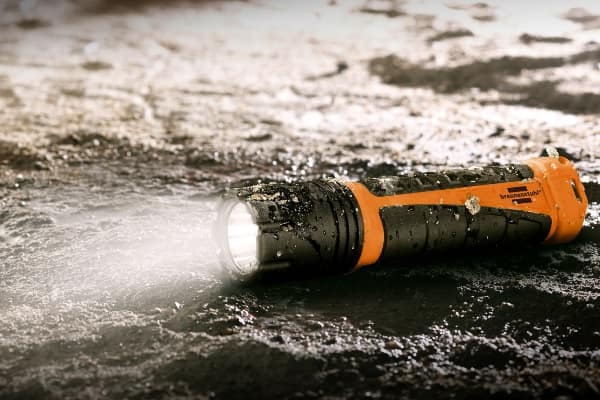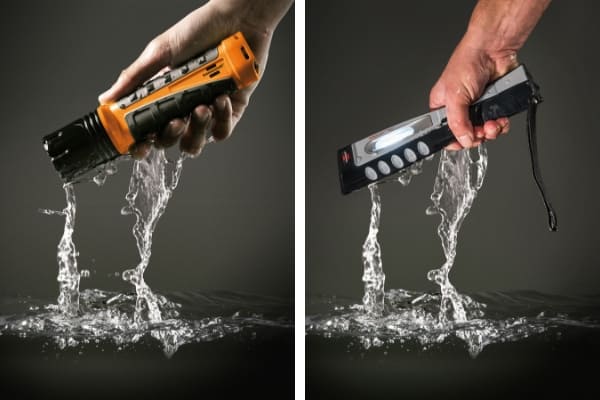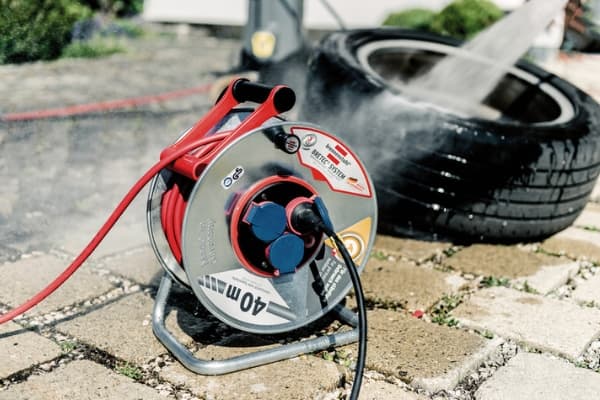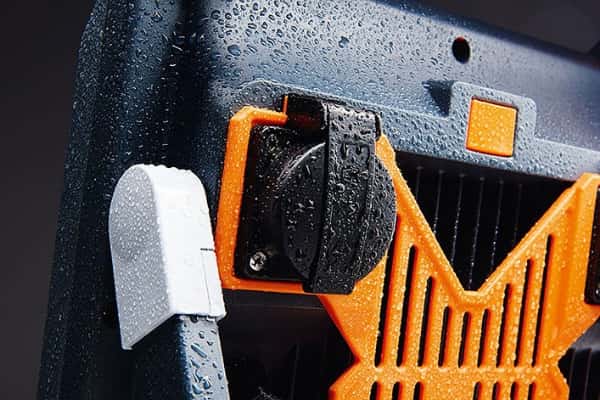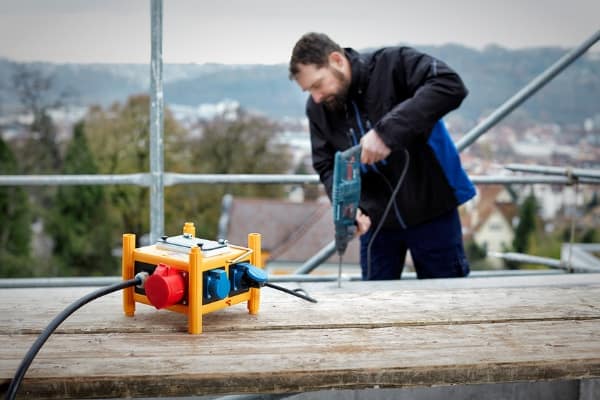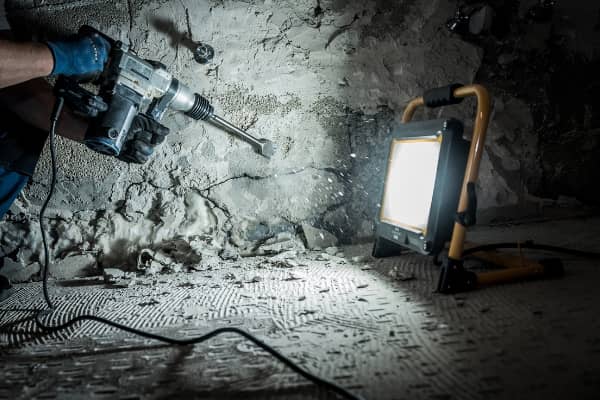Protection classes according to DIN EN 60529
Our products are often used at different places of use with different ambient conditions. This may, for example, be the case indoors, in the house, office or in the workshop, or outdoors, but also in the company, in trade or on the construction site. There are also specific brennenstuhl® products for camping or the garden area. Depending on the application, certain properties are necessary in order to ensure safe use. The technical data and product details provide information on these properties. One important feature you have to watch out for is the IP protection class.
The International Protection classes have been introduced to be able to specify against which influence a product is protected. They describe to which extent foreign bodies and humidity can reach the inside of the device. The protection class of products is expressed in IP codes. Abbreviated with the code letters IP (for International Protection or also Ingress Protection), the “protection against ingress” is defined by means of numbers as code numbers. In this connection, the first number specifies the protection against solid foreign bodies and/or touching. The second one describes the protection against water. The most famous IP codes include e.g. IP20 and IP44. The higher the number, the higher is the protection.

